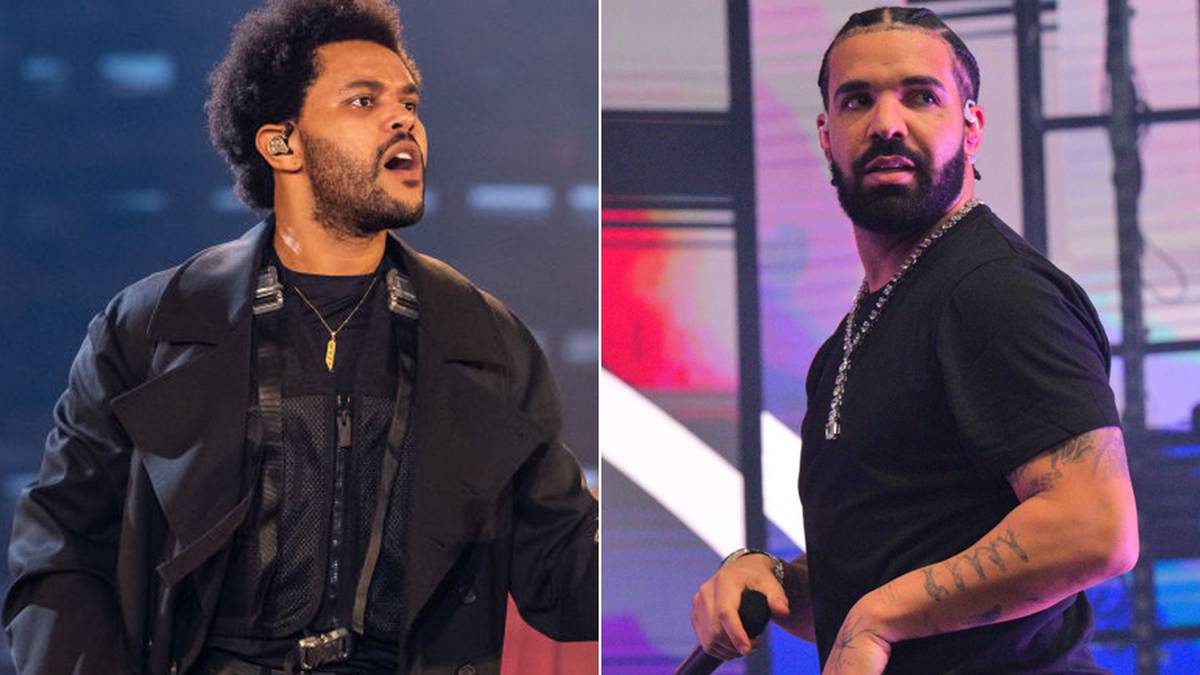In the battle against the unauthorized use of their voices in AI-generated content, musicians are turning to a surprising ally: Name, Image, and Likeness (NIL) laws. While copyright law has traditionally been the go-to for protecting creative works, NIL laws are emerging as a more robust safeguard, at least for the time being. These laws offer a potential stopgap solution for artists who are understandably wary of digital copycats flooding the music scene.
One of the key advantages of NIL laws is their existing protection against the unauthorized use of a person’s likeness. For musicians, safeguarding their unique voice is paramount, making NIL laws an attractive option. Unlike traditional copyright law, which struggles to address the collaborative nature of music production, NIL laws can provide a more direct shield against AI-generated music.
While there is no federal NIL law in place, 14 states, including industry hubs like California and New York, have enacted their own NIL laws, although the scope of protections varies. Recent legal decisions in music and sports cases are also laying the groundwork for future battles in this evolving landscape.
Major record labels are already recognizing the potential of NIL laws. Warner Music Group, for instance, has entered into an experimental licensing partnership with YouTube, gaining approval from artists like Yo Gotti and Ryan Tedder.
However, the road ahead is not without its complexities. Questions linger about how “publicity” rights will be addressed in future label contracts, potentially becoming a matter of union negotiation. Furthermore, navigating issues like homage, parody, and cover songs within the framework of NIL laws presents its own set of legal challenges.
In the ongoing battle between musicians and AI, the intersection of NIL and copyright laws promises to be a complex yet critical battleground. Musicians are using these legal tools to assert control over their creative identities in the digital age, paving the way for a nuanced and evolving legal landscape.





